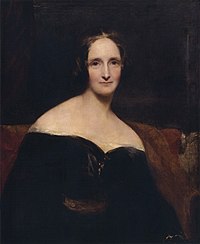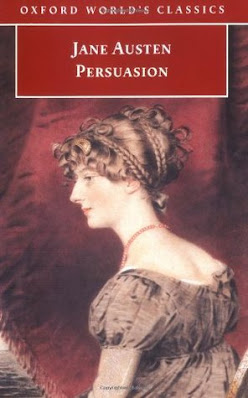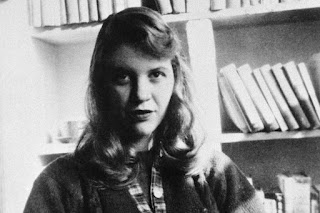Epistolary what?
This is only interesting to those people who are interested in writing and are looking for different styles, those that like to read about writing and those that are perhaps looking for new books to read! So actually everyone!
 The form I am talking about is epistolary. Epistola, in Latin, means letter and that is exactly what this form is about. In epistolary novels not only letters are used, but also diary entries, paper clippings, etc. Writing in this style adds a sense of realism to your writing because you can present different viewpoints and thoughts without having to create or use an omniscient narrator. An omniscient narrator is a narrative mode in which the reader is told the story through a sort of godlike person, who knows every thought of every character. This can be really annoying to read because, in my case,
The form I am talking about is epistolary. Epistola, in Latin, means letter and that is exactly what this form is about. In epistolary novels not only letters are used, but also diary entries, paper clippings, etc. Writing in this style adds a sense of realism to your writing because you can present different viewpoints and thoughts without having to create or use an omniscient narrator. An omniscient narrator is a narrative mode in which the reader is told the story through a sort of godlike person, who knows every thought of every character. This can be really annoying to read because, in my case,
there is not one person to relate to, not one protagonist. There are three types of epistolary novels: monologic (one character's letters), dialogic (two characters) and polylogic (multiple characters).
There are two different versions of how the epistolary novel came to be. Either it started of as books with letters inserted in them, where the rest was reduced until it disappeared. The other version is that actual letters were bound together to form a book, usually a love story. 'Prison of Love' (1485) by Diego de San Pedro.
 The first novel that truly embraced all the different uses of an epistolary novel was 'Love Letters Between A Nobleman And His Sister' (1684) by Aphra Behn. It allowed the reader to see all the different viewpoints and played with the many possibilities of intrigue using letters, such as letters lost, fake letters, etc. Jane Austen used this form as well in her juvenile works 'Lady Susan' (1794) and 'Love and Freindship' (1790). There are also signs that the first draft of 'Pride & Prejudice', then called' First Impressions' was in epistolary form. The evidence for this can be found in 'Pride and Prejudice' because the novel writes out a lot of letters in detail and they are often critical in the storyline!
The first novel that truly embraced all the different uses of an epistolary novel was 'Love Letters Between A Nobleman And His Sister' (1684) by Aphra Behn. It allowed the reader to see all the different viewpoints and played with the many possibilities of intrigue using letters, such as letters lost, fake letters, etc. Jane Austen used this form as well in her juvenile works 'Lady Susan' (1794) and 'Love and Freindship' (1790). There are also signs that the first draft of 'Pride & Prejudice', then called' First Impressions' was in epistolary form. The evidence for this can be found in 'Pride and Prejudice' because the novel writes out a lot of letters in detail and they are often critical in the storyline!
Although the epistolary novel was starting to die out there were still classics written in that style. Two of them are 'Frankenstein' (1818) by Mary Shelley. She uses epistolary writing as a framework for her actual story. 'Dracula' (1897) by Bram Stoker also uses the epistolary form, however he uses much more than letters. He also uses diary entries, paper clippings etc.
So what do you think? Sound like your type of writing?



The only one on this list I've ever read was Dracula but I loved that type of writing style. Interesting, very interesting, that I never really thought about that format!
ReplyDelete